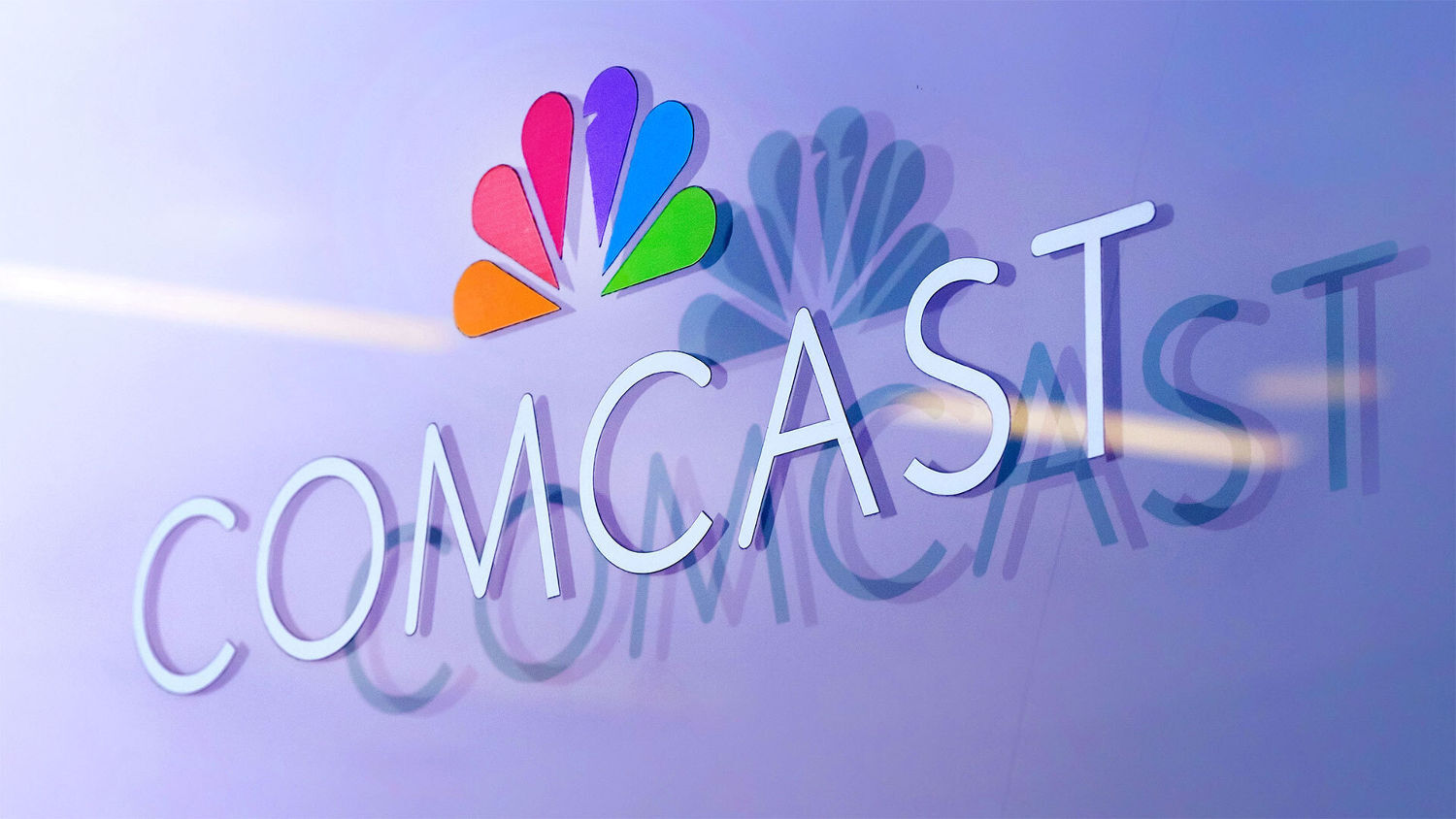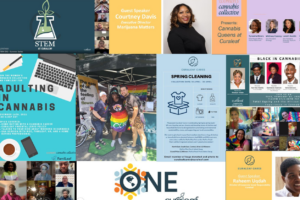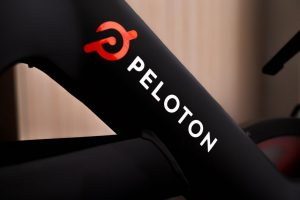AT&T and Comcast harness the power of ERGs to fuel productivity and DE&I success
Collaboration holds companies accountable, while employees feel heard.

When employee resource groups came on the scene decades ago, their then-casual usage had little impact. Now, ERGs are proving their worth. At scores of companies nationwide, they are influencing business results and helping to hold companies accountable for DE&I goals.
What’s more, organizations that recognize the inherent value of ERGs tend to achieve higher productivity, innovation, and financial performances as well.
Whether an organization is relatively new to ERGs, like Comcast NBCUniversal, or an early adopter, like AT&T, one key to their success is how they channel the opportunities these groups provide enable.
Comcast NBCUniversal
Comcast, based in Philadelphia, is celebrating its 10th anniversary of employee resource groups this year. It has eight ERGs.
- Abilities Network
- APA (Asian-Pacific Network)
- BEN (Black Employee Network)
- OUT (LGBT and Straight Allies)
- Unidos (Hispanic)
- Veterans Network
- Women’s Network
- Young Professionals Network (Comcast only)
Comcast’s ERGs support 35,000 employees across more than 200 chapters. The company’s strategy is to use the groups to create a healthier, more diverse workplace and impact retention and innovation positively. When attempts at diversity fail, one cause is often a weak spot in the career development funnel. Comcast uses its ERGs and its mentorship program to welcome new talent in the crucial first 90 days of employment as it seeks to begin molding future leaders.
Carl Jones, senior director of workforce DE&I at Comcast NBCUniversal, refers to the mentorship program as the 9th ERG. “It allows people to receive career enrichment and personal growth through a capstone exercise that’s mandatory,” he says. The pilot program was launched in the Philadelphia offices and has begun expanding to other regions and divisions. “It’s a 9th ERG that really helps to drive that retention,” Jones adds.

In 2020, Comcast engaged the Black Employee Network to get together with senior leaders across the country to discuss allyship. Jones said it was an effective way to grow diversity in a virtual environment, while discussing complex issues.
Being a media company, Comcast leans on its ERGs to help guide content. The Unidos group, for example, helped the Bravo channel create the 2019 Mexican Dynasty Series, a look at three families and their lifestyles. The members participated in focus groups that advised the series’ creative development, marketing, and premiere.
Sometimes even the ERGs themselves innovate. The founder of the BENgineers, an engineering subgroup of the BEN, came up with an idea to enhance an Xfinity remote control for a better customer experience. The BENgineers presented the concept at Lab Week, an occasional tech event at Comcast. It was a hit and now it’s in line for production. “Our ERGs are really integral to the fiber of what Comcast is,” Jones says. “Everything from helping us feel like we employees are included, from all backgrounds, to helping us make better products for our consumers.”

AT&T
The Dallas-based telecommunications giant boasts some of the oldest employee resource groups in the country. Its first was for Black employees (now called NETwork BICP), who organized themselves in 1969. The Women of AT&T followed in 1972 and the Lesbian, Gay, Bisexual, Transgender (LGBT) and Allies Organization of AT&T (now known as LEAGUE at AT&T) started in 1987.
Eric Mitchell, assistant vice president for diversity & inclusion, says AT&T’s progressive employee culture evolved alongside American history over the course of 140 years.
“While the operating term for this focus on fair and equal treatment of our employees has changed over the years, we’ve always been committed to diversity and inclusion—and we definitely see it as a business imperative,” Mitchell says.

AT&T’s 12 ERG groups include:
- Ability
- AT&T Veterans
- FACES (Filipino-American Communications Employees)
- HACEMOS (Hispanic/Latino Employee Association)
- ICAE (Intertribal Council of AT&T Employees)
- InspirASIAN
- LEAGUE at AT&T
- OASis (Organization for Asian Indians)
- oxyGEN (cross-generational)
- Professionals 50 Forward
- The NETwork (Black Integrated Communication Professionals)
- Women of AT&T
The company also has 15 employee networks and 12 business resource groups, organized around women, people of color, generations, the LGBTQ+ community, parents, people with disabilities, and veterans. They also include groups for professionals interested in various topics, including technology, project management, and media. Like Comcast, AT&T encourages allies to join any group as a member.
ERG leaders weigh in on business issues with senior leaders from the perspective of the group they represent.
“All in all, our ERG members actively demonstrate AT&T’s commitment to creating an inclusive culture where everyone is welcome, helping to create that sense of belonging we all want at work,” Mitchell says. “And studies show an engaged workforce is more productive and innovative, so the company benefits there, too.”
When members of the AT&T Innovation Network learned women only make up 12% of patent owners, even though 50% of Ph.D. recipients are women, they decided to try to change that.
In 2019, with the help of other company networks, including the Women of AT&T and the Women in Technology Employee Network, the Innovation Network hosted three company-wide training sessions explaining patent processes. More than 300 employees attended and learned how to be inventors.
They also turned the effort into a social media campaign last March, showcasing its patent holders’ diversity. The campaign gained more than 65,000 impressions and nearly 5,000 likes over LinkedIn, Facebook, and Twitter.
“Efforts like this are certainly important contributors to our workforce diversity,” says Mitchell. “And while they aren’t solely due to our ERGs, the results are very good.”
In 2019, 42% of the applicants for AT&T’s U.S. job openings were women, and 42% were hired. Sixty-eight percent of U.S. job applicants in 2020 were people of color, and 64% were hired.
AT&T’s collaboration with its ERGs has resulted in thousands of employment referrals. It’s also supported retention and engagement efforts through mentoring and volunteer activities. Mitchell says the company doesn’t rely on ERGs to recruit diverse candidates, diversify its vendors, or develop diverse leaders. AT&T puts the responsibility under the respective departments of Talent Attraction, Global Supply Chain, and Talent Development.
But the ERGs do help. AT&T routinely ends up on DiversityInc’s Top 50 list, including number one for ERGs.
Mitchell says each year’s employee-engagement survey results show employees believe AT&T is committed to diversity and inclusion. “When you consider that our workforce is one of the most diverse compared to other technology, media, and telecommunications companies (34% women and 46% people of color), it looks like we’re getting the ROI we need,” says Mitchell.
Part of our collection of Top Reads of 2021.
COMMENT
Ragan.com Daily Headlines
Tags: accountability, AT&T, Comcast, ERGs, ROI






